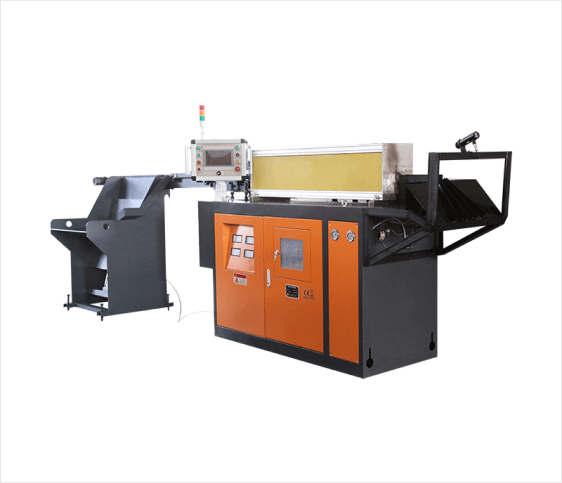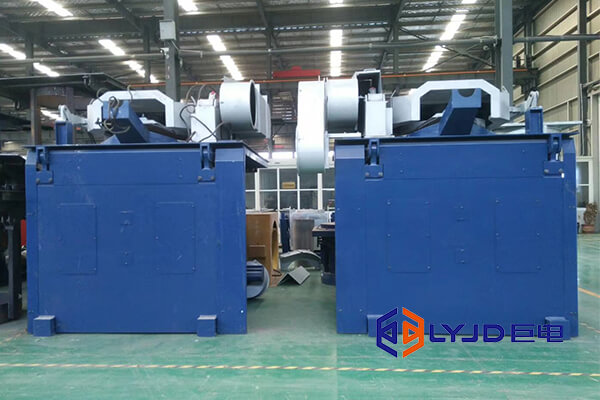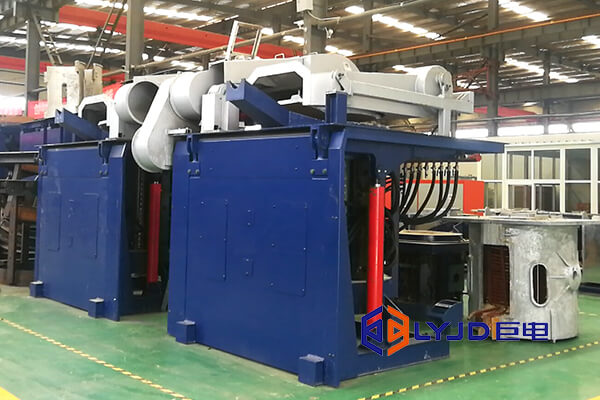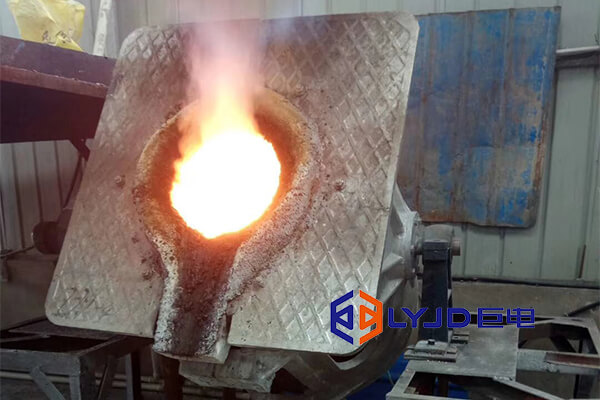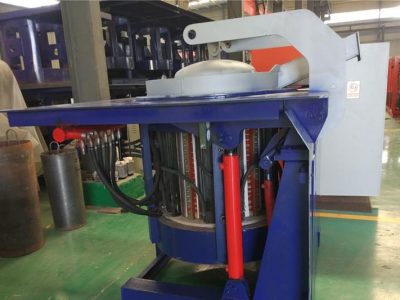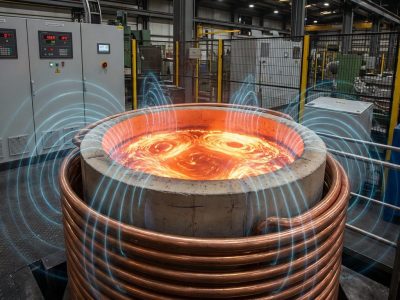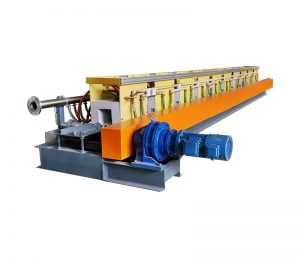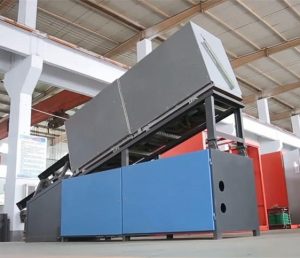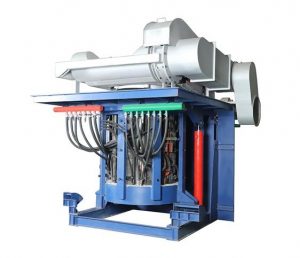The durability of a medium frequency induction furnace directly impacts the operational costs and efficiency of any metal smelting operation. Maximizing the lifespan of your furnace not only reduces maintenance expenses but also improves overall productivity. Here, we share 10 practical strategies to help industrial operators extend the service life of their MF induction furnace.
1. Control the Heating Rate
Rapid heating during furnace startup can cause the water in the lining to evaporate too quickly, leading to cracks and early wear. Always follow a controlled heating schedule based on the specific furnace design and the crystal transformation curve of the lining material to minimize thermal stress.
2. Optimize Operational Procedures
New furnaces have thinner sintering layers and require careful handling. Avoid frequent hot-and-cold cycles and high-temperature operations that can damage the lining. If the furnace must remain idle due to maintenance or interruptions, pour out any molten metal to prevent lining cracks from thermal contraction.
3. Use High-Quality Refractory Materials
Selecting refractory materials with superior properties is critical. Materials should offer high refractoriness, thermal stability, mechanical strength, and resistance to thermal shock. This ensures the furnace can withstand temperature fluctuations and prolonged smelting operations.
4. Ensure Proper Furnace Lining Density
During installation, compact the furnace lining to a density above 2.3 g/cm³. Maintain a clean environment—avoid smoke, dust, or debris entering the workspace—to ensure structural integrity and long-term durability.
5. Conduct Regular Maintenance
Routine maintenance prevents minor issues from escalating into major problems. Regularly inspect coils, purge residues, and remove debris to prevent failures that could shorten furnace life. Consistent upkeep is essential for sustained performance.
6. Monitor Furnace Conditions Closely
Track the condition of the furnace lining, including walls and bottom, during every operation. Address any irregularities immediately to prevent minor damage from escalating into costly repairs.
7. Apply Proper Cooling Techniques
When cooling the furnace, use equipment to ensure even temperature distribution. This prevents thermal stress concentrations caused by uneven cooling, which can result in cracks and reduced lining lifespan.
8. Avoid Starting a Cold Furnace Directly
Starting a furnace at low temperatures increases the risk of vertical cracks. Preheat the furnace gently to a moderate temperature before full operation to protect the lining and improve safety.
9. Maintain a Consistent Metal Level
Keep the molten metal level high to promote uniform erosion of the lining. Preheat the furnace and pour metal at controlled temperatures to reduce the duration of high-temperature exposure, minimizing wear and tear.
10. Dry All Materials Before Smelting
Ensure all charge materials are dry before introduction. Gently add them to the furnace and avoid sudden drops that can create thermal shock. Timely removal of molten metal after smelting reduces excessive lining erosion.
Final Thoughts
Extending the service life of an MF induction furnace is a combination of proper operation, material quality, and regular maintenance. By implementing these 10 strategies, industrial operators can significantly reduce costs, enhance productivity, and ensure long-term reliability.
